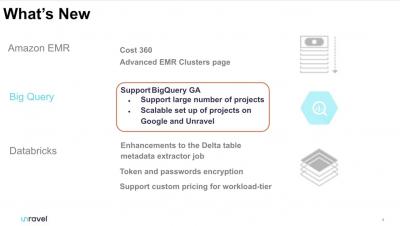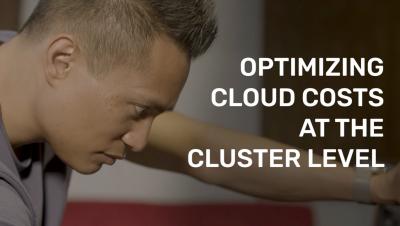What's New: 4.7.5.0 Release
Unravel is a DataOps observability platform that enables your data teams to optimize the cost of your data operations intelligently, run faster data pipelines, and troubleshoot mission-critical applications. Watch this video to discover what’s new in Unravel Data 4.7.5.0 release.











